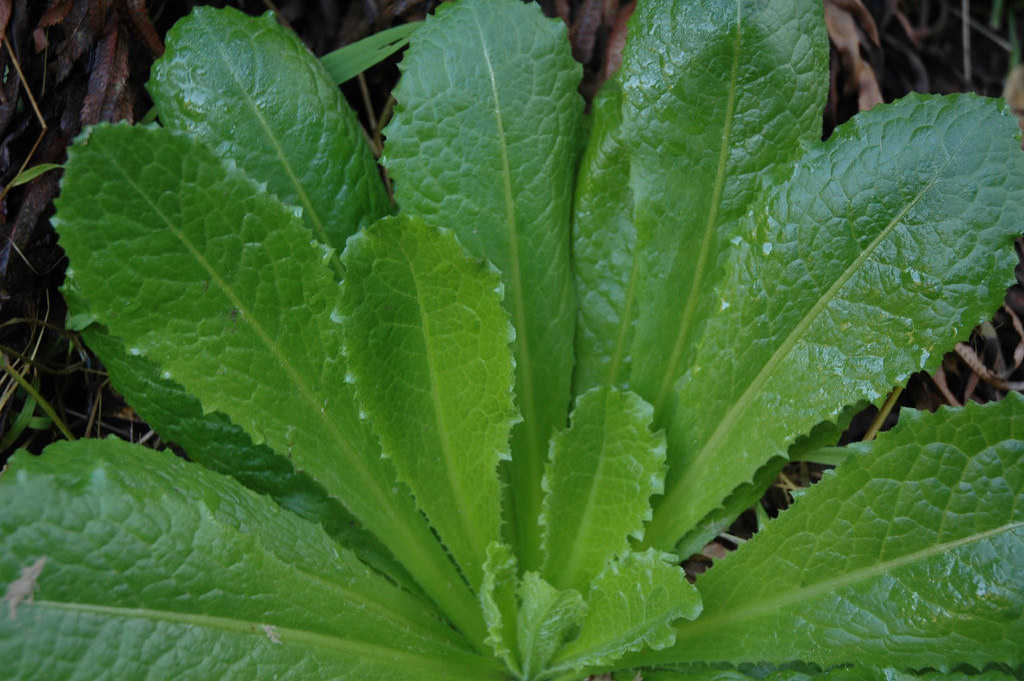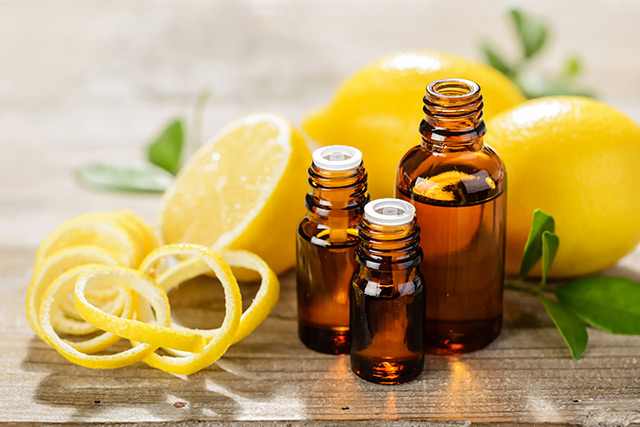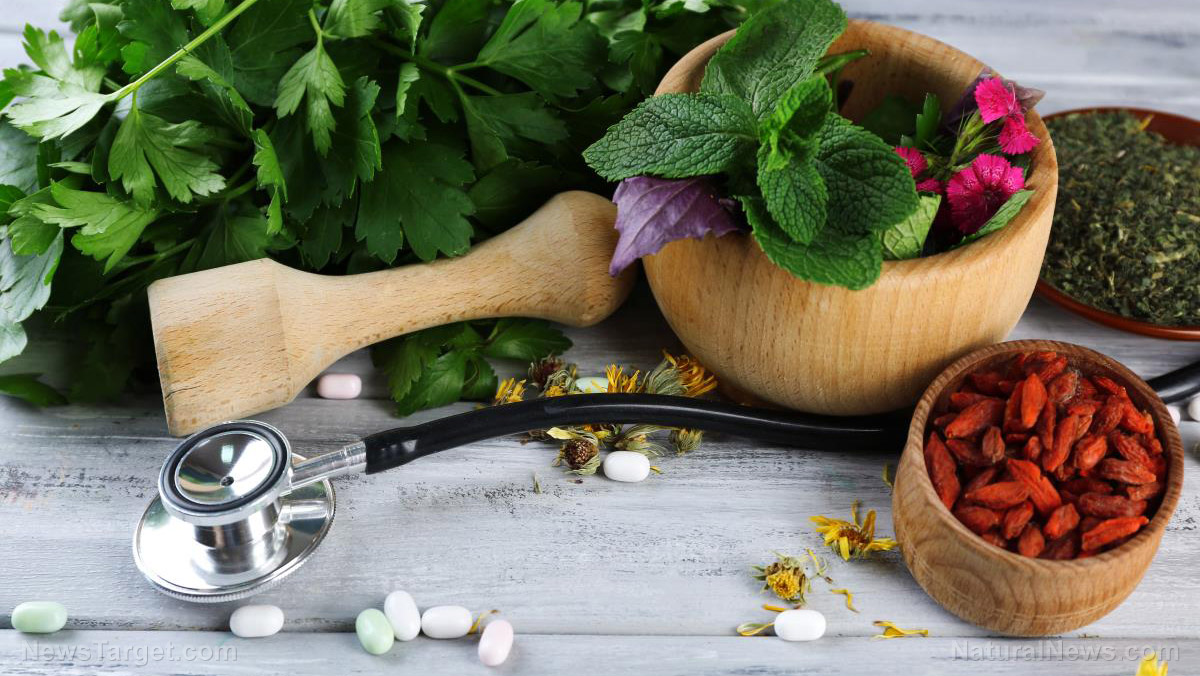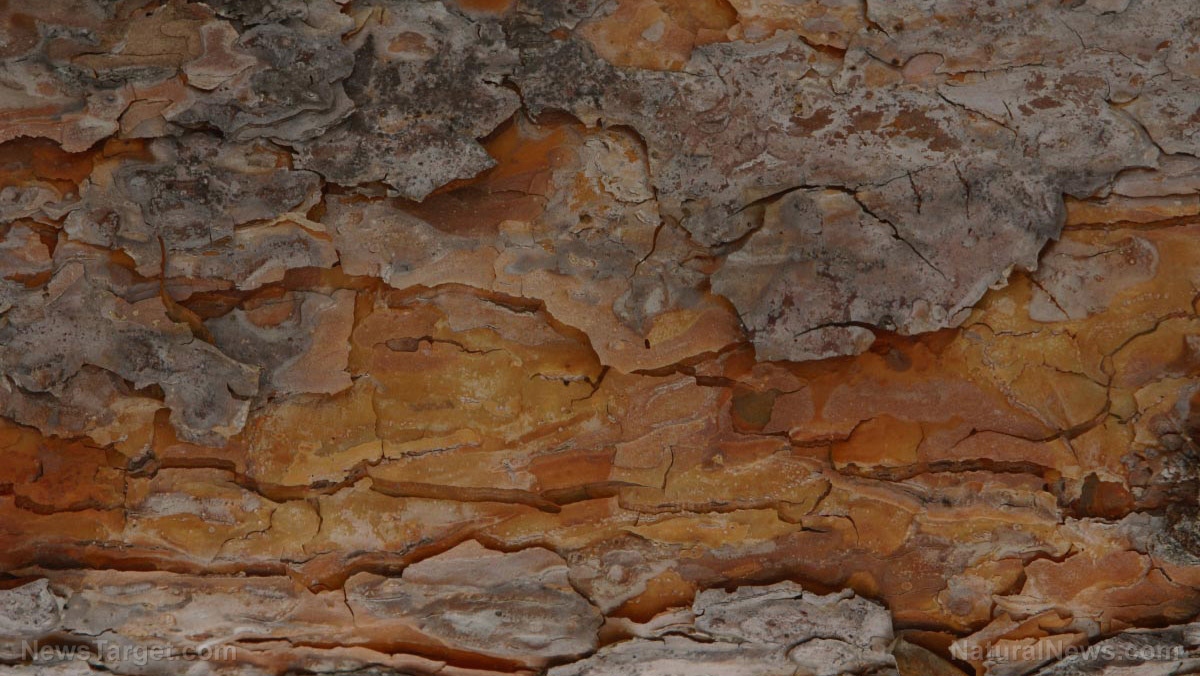
If you need more food for your stockpile or a medicinal herb, learn how to identify and harvest wild lettuce. (h/t to SurvivalCache.com)
What is wild lettuce?
True wild lettuce (Lactuca virosa) is a biennial plant that can be found in several areas in North America and coastal Britain.
Other common wild lettuce varieties in the U.S. include Lactuca canadensis, L. ludoviciana and L. floridana.
L. serriola can be found in Europe, while L. quercina is found in Eurasia.
Overall, wild lettuce varieties have been used more as medicinal herbs than as a food source. Wild lettuces can be used to treat different health conditions and as a natural analgesic and sleep aid.
Before you start foraging for wild lettuce, you need to learn how to properly identify the plant, its potential side effects and how to avoid dangerous look-alikes. (Related: Prepper foraging tips: 6 Wild lettuce lookalikes to avoid.)
Some types of wild lettuce are also known as milk thistle or sow thistle.
Depending on your location, the wild lettuce variety L. virosa may be called by different names, such as:
- Bitter lettuce
- Great lettuce
- Opium lettuce
- Prickly lettuce
- Tall lettuce
Wild lettuce has mild analgesic and sedative-like effects in some people.
Identifying wild lettuce
As the name implies, wild lettuce grows in the wild. The plant has bright green leaves.
When mature, wild lettuce can grow from two to seven feet tall (200 cm).
Wild lettuce may be covered with whitish or yellowish flowers when in bloom. An erect stem protrudes upward from the base, and the base of the stem may have small hairlike structures.
The leaves have been described as "clasping" and have a long oblong shape, similar to the head of a lance. The edges of wild lettuce leaves are finely toothed, with fine spiny bristles along the underside of the leaf midrib.
Tips for harvesting wild lettuce
It is best to harvest wild lettuce after the stalks and flowers have fully formed. When harvesting wild lettuce for medicinal purposes, you need the white milky sap, which can be found in mature flower stalks.
Cut the stalks, then let the sap drain into a container where it can be used as an analgesic and a sleep aid.
If you want to forage wild lettuce for eating, harvest the young and tender leaves from the rosette that forms as the plant grows. Keep in mind that even the young leaves can have a bitter taste.
Note that the leaves become tough and fibrous as the plant matures, making them almost inedible.
Medicinal uses of wild lettuce
Wild lettuce is more widely used as a medicinal herb than as a food source since the plant is rather bitter. The milky white sap of wild lettuce is often used as a natural remedy for chronic pain, joint pain and sleep disorders.
You can dry and grind wild lettuce leaves to make an herbal tea. The dried leaves can also be ground up and used to make DIY herbal capsules or tablets.
The dried wild lettuce leaf tea can also be prepared in a special tea blend. Since wild lettuce has pain-relieving properties, the dried leaves can be mixed with other herbs like chamomile, mint and raspberry leaf to help treat aches, colds or other ailments.
Cooking with wild lettuce
You can eat young, tender wild lettuce leaves, raw in a salad or cooked with other foods. Young leaves aren't as bitter or chewy as older leaves and stalks.
Many people like the slight bitterness young wild lettuce leaves add to a salad mix of other lettuce varieties and greens.
What is Louisiana lettuce?
Louisiana lettuce (Lactuca ludoviciana) may be even more widespread than wild lettuce if you live in the Western and Northern United States.
Louisiana lettuce is also found in California, Texas and Louisiana, and even in Western Canada.
The Great Plains regions of the U.S. have large populations of Louisiana lettuce, which is why it's also called western wild lettuce.
Identifying Louisiana lettuce
Louisiana lettuce leaves are usually green to blue-green when mature. The leaves may have some prickles along the edges and on the midrib along the underside of the leaves.
The stems of Louisiana lettuce are hairless and unbranched.
The flowers will form clusters with short branches. Louisiana lettuce flowers are usually yellowish.
When broken or scored, Louisiana lettuce leaves, stems and roots will leak a brownish sap. Mature Louisiana lettuce plants can grow up to five feet.
Louisiana lettuce leaves are variable and may not be a good identifier. The leaves can grow up to 12 inches long and eight inches wide.
Louisiana lettuce leaves have deep lobes with a coarsely toothed perimeter with sharp points. On most plants, Louisiana lettuce leaves have no stalks.
Tips for harvesting Louisiana lettuce
If you want to use Louisiana lettuce as a medicinal herb, wait until the plants mature and start to flower because this is when the plants are at their peak of medicinal qualities.
For medicinal purposes, you need Louisiana lettuce sap that the plant exudes if you break the stems or lightly score mature leaves.
In some areas, Louisiana lettuce roots are harvested and prepared in various ways. Note that only the young tender roots are used for cooking.
Louisiana lettuce roots are usually soft, smaller and lighter colored toward the end of the root structure. Look for the white taproot to find the best and most tender roots.
Louisiana lettuce leaves and stems are also often used to brew a tea that has some of the medicinal properties of the wild lettuce plant.
Medicinal uses of Louisiana lettuce
Louisiana lettuce sap contains a substance called "lactucarium."
Anecdotal reports suggest that Louisiana lettuce sap has some health benefits. The sap has been used to treat digestive issues, and it is also hypnotic.
Additionally, the sap has sedative properties that cause drowsiness.
Keep in mind that when used to excess, some reports indicate that Louisiana lettuce sap may cause restlessness. In extreme cases, cardiac paralysis and death have been reported after using Louisiana lettuce sap, so use it with caution.
Cooking with Louisiana lettuce
If you need an emergency foraged food source, harvest the young, tender leaves of Louisiana lettuce. As the plant matures, the amount of sap in the stems and leaves increases, making the plant more bitter.
Older mature Louisiana lettuce leaves and stems can become woody, making them almost inedible.
Young Louisiana lettuce leaves can be eaten raw or cooked like other salad green.
What is woodland lettuce?
Woodland lettuce (Lactuca floridana) can be found in many of the same ranges as other species of North American Lactuca.
In some cases, woodland lettuce may hybridize with other Lactuca plants in the area and may be almost indistinguishable from other plants in the same genus.
Identifying woodland lettuce
Like other false lettuces, woodland lettuce grows upwards from a central cluster of leaves. Plant stalks can grow up to six feet in height.
Woodland lettuce leaves cluster along the stalks without producing stalks of their own.
A cluster of multibranched flower heads typically tops each stalk of woodland lettuce. Each flowering head may produce between 10 and 20 blue or white florets.
Tips for harvesting woodland lettuce
How you harvest woodland lettuce depends on how you're going to use the plant and the time of year.
Woodland lettuce sap contains the highest active ingredient levels for medical purposes.
But if you want to eat wild lettuce, you should harvest the young leaves early in the season to avoid the bitterness common in mature plants.
Medicinal uses of woodland lettuce
Woodland lettuce contains compounds that may have medicinal uses.
Traditionally, woodland lettuce sap is collected and reduced or dried. The reduced or dried sap can be used to treat digestive issues or insomnia.
The dried sap can also be used for pain relief. Some practitioners also create woodland lettuce poultices with stems and leaves that are applied topically for bruises and to help relieve pain.
Cooking with woodland lettuce
Woodland lettuce is best eaten when the plants are young and tender since there is less sap in the leaves, reducing the bitterness.
You can also use woodland lettuce leaves to make herbal tea, but the medicinal effects are less than when using the sap.
Learn how to forage for plants like wild lettuce so you can harvest an edible medicinal plant.
Watch the video below for tips on urban and suburban foraging and community gardening.
This video is from the Waking the Future channel on Brighteon.com.
More related stories:
Foraging 101: Tips for mushroom foraging.
Food supply tips: 5 Things you need to learn when foraging for nutrient-dense food.
Foraging 101: 10 Wild nuts to forage every Fall.
Sources include:
Please contact us for more information.























